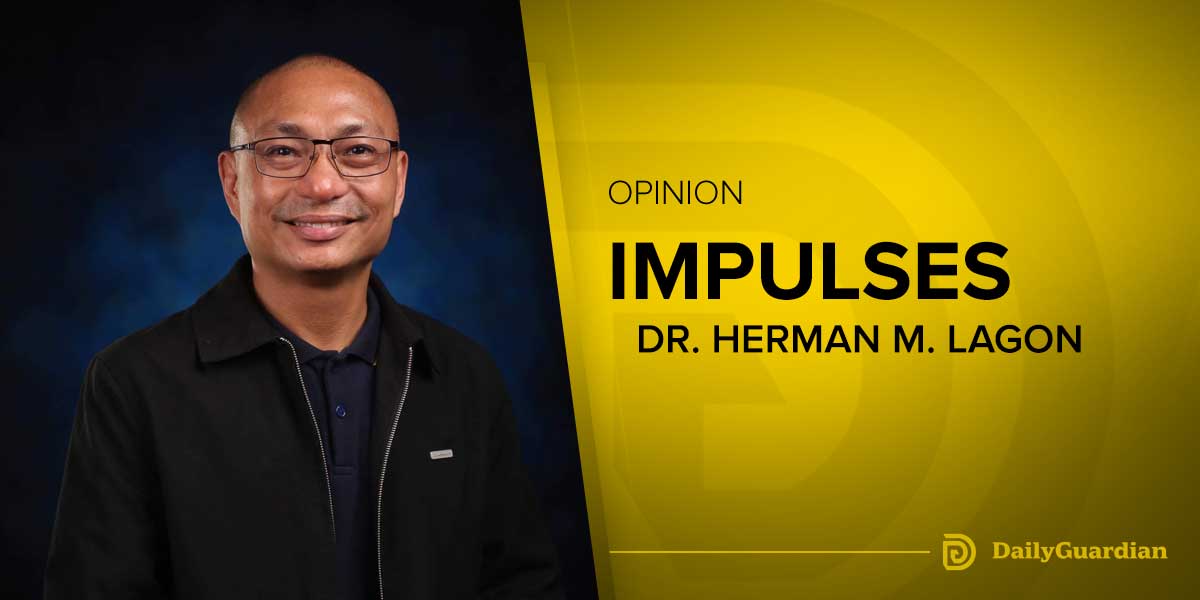Iloilo City’s financial management is at a crossroads of discussions.
With PHP 5 billion in bank deposits and a policy of extending a 40% discount on real property taxes (RPT), questions are directed at city hall’s fiscal priorities and governance strategies.
While having billions in reserves may seem like a hallmark of sound financial management, the city’s reluctance to mobilize this money to address glaring problems such as flooding, traffic congestion, and healthcare shortcomings is boggling.
Funds that could alleviate these pressing issues remain parked, earning interest that pales compared to the social and economic dividends of proactive investments in public welfare.
The extension of the 40% RPT discount until 2026 might have been welcomed by some property owners, but it comes at a cost. While it eases the financial burden on taxpayers facing a 300% hike in valuations, the city forfeits significant revenue that could otherwise fund critical infrastructure projects and public services.
The discount is just a symptom of the absence of real-time assessments and transparent consultations before implementing such policies. A discount—despite its populist appeal—is still a financial slap on the taxpayers, some of whom are still thankful despite the sting.
A well-planned tax policy, rooted in rigorous impact studies, could have avoided this predicament. Why offer a discount if taxpayers signed on the matter from the get-go?
The city’s rationale for maintaining massive cash reserves while borrowing for projects is equally contentious. Officials argue that borrowing at low-interest rates is more strategic than depleting cash reserves. While this may hold some merit in private enterprise, the lack of transparency around the interest earned on these deposits versus the interest paid on loans raises red flags.
If the city’s loan payments outstrip earnings from the PHP 5 billion deposits, it signals poor fiscal management. Even worse, it reflects a governance model that prioritizes financial optics over tangible outcomes for its citizens.
Iloilo City’s billions could have been a catalyst for transformation. Instead, they sit idly in the Development Bank of the Philippines, generating minimal returns. Meanwhile, the city struggles with traffic woes, chronic flooding, and inadequate health services—problems that could be mitigated with decisive and transparent fiscal action.
The justification of using the funds as collateral for loans doesn’t absolve the administration from its responsibility to optimize these resources. A forward-thinking approach would channel these billions into high-impact projects, creating jobs, stimulating the local economy, and elevating the quality of life for Ilonggos.
The city’s fiscal management strategy demands greater transparency. The local government owes its constituents a clear and detailed breakdown of how it balances its books, especially in light of mounting public concerns. Are the interest earnings from the PHP 5 billion truly worth the opportunity cost of underfunded social services and delayed infrastructure?
The decision to borrow while hoarding cash might make sense on paper, but without full disclosure, it risks being perceived as a misstep—one that prioritizes fiscal conservatism over the public good.
Iloilo City must reassess its financial priorities. The billions in its coffers are not private assets to be safeguarded but public funds meant to serve the people. Addressing fundamental issues like flooding, traffic, and healthcare should take precedence over hoarding cash for interest.
Moreover, policies like the RPT discount need to be implemented with careful planning and full transparency. Engaging stakeholders and conducting comprehensive studies can ensure that such measures benefit the public without compromising the city’s fiscal health.
The billions in reserves are both an opportunity and a challenge. Whether these funds are leveraged to solve pressing problems or left to gather dust in a bank account will define this administration’s legacy. For the sake of its residents, the city must choose the former.

























